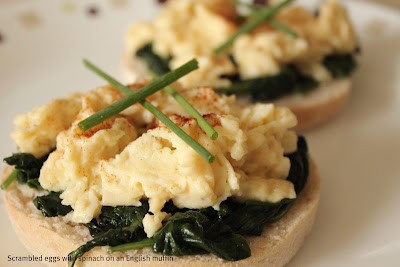A simple yet impressive canapé that is cinch to make - not to mention they come out looking so elegant. You can really experiment with the filling and they can be either sweet or savoury. They can be prepared in advance and refrigerated - just pop in the oven when you are good and ready.
375g pre-rolled puff pastry
1/2 cup drained pickled piquante peppers
3/4 cup drained sun-dried tomatoes (preserved in oil)
1 egg beaten for egg wash
Freshly ground pepper
handful of fresh basil leaves
Plain flour for dusting
It's easy to work with pre-rolled puff pastry. You can still use a block of puff pastry and roll it out so that it is about 3 millimetres thick and 9 x 14 inch in dimension.
- Whizz the piquante peppers and sun-dried tomatoes in a food processor till they are finely chopped bordering on becoming a paste. You can use some of the oil from the sun-dried tomatoes jar to loosen the mix if needed.
- Dust the surface with some plain flour and roll out the pastry sheet to the desired thickness and dimension. You don't have to be delicate about it as we don't really want the pastry to rise too much when baked.
- Spread the mix evenly covering the entire surface of the puff pastry. Tear the basil leaves over the spread and season with from freshly ground pepper.
- Roll both the longer edges towards each other so they meet in the middle. Brush a little egg wash in the centre so the rolled halves can stick together.
- Transfer the log to a baking sheet and refrigerate for half hour till its chilled well. This will make cutting easier.
- Preheat the oven to 200C.
- Remove the log from the fridge. Cut it into 1 centimetre pieces and place each piece flat on the baking sheet.
- Brush them all over with the egg wash and place in the oven for 20-25 minutes or until they are crisp and golden brown.
- Remove from oven and cool on a baking rack before serving.































